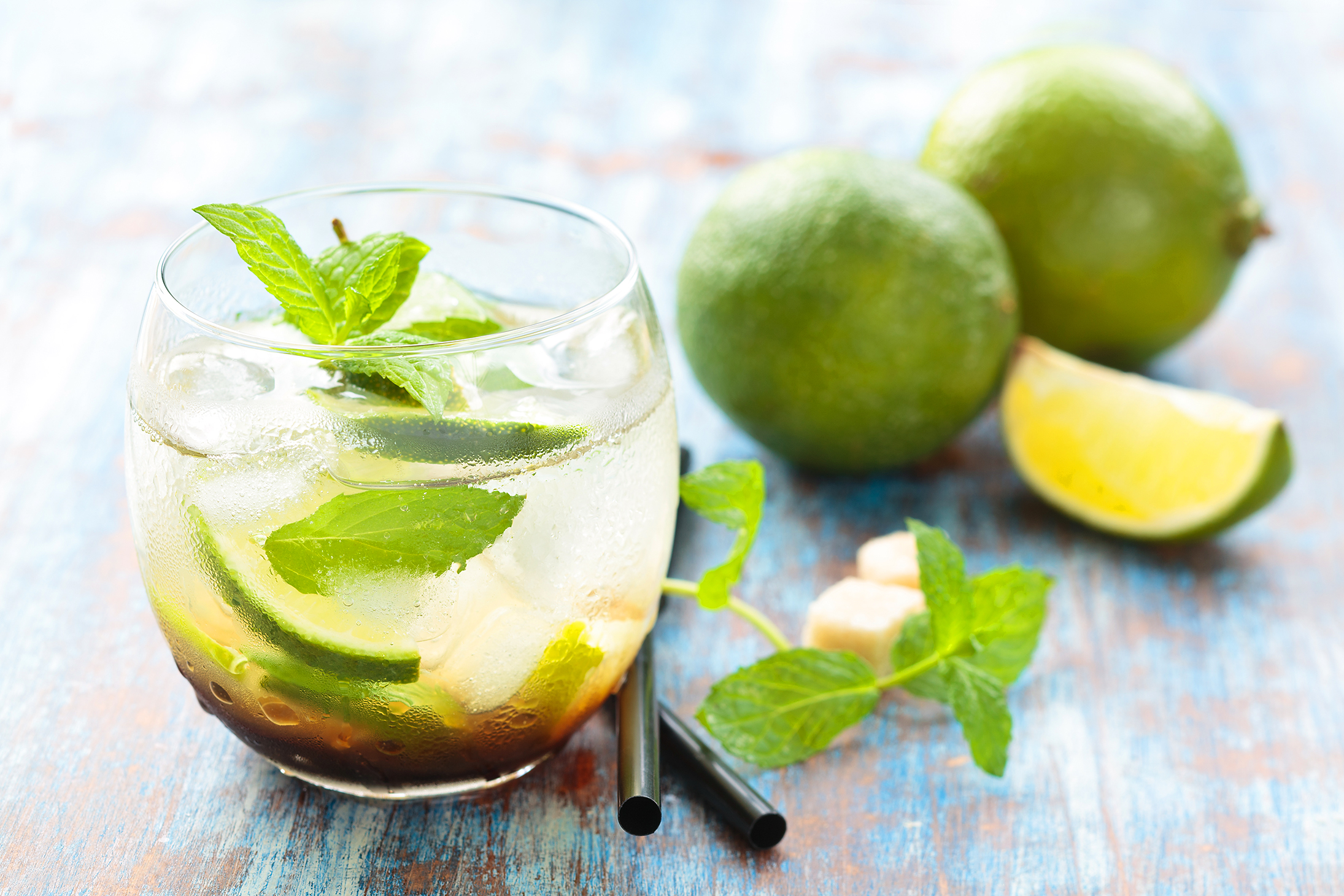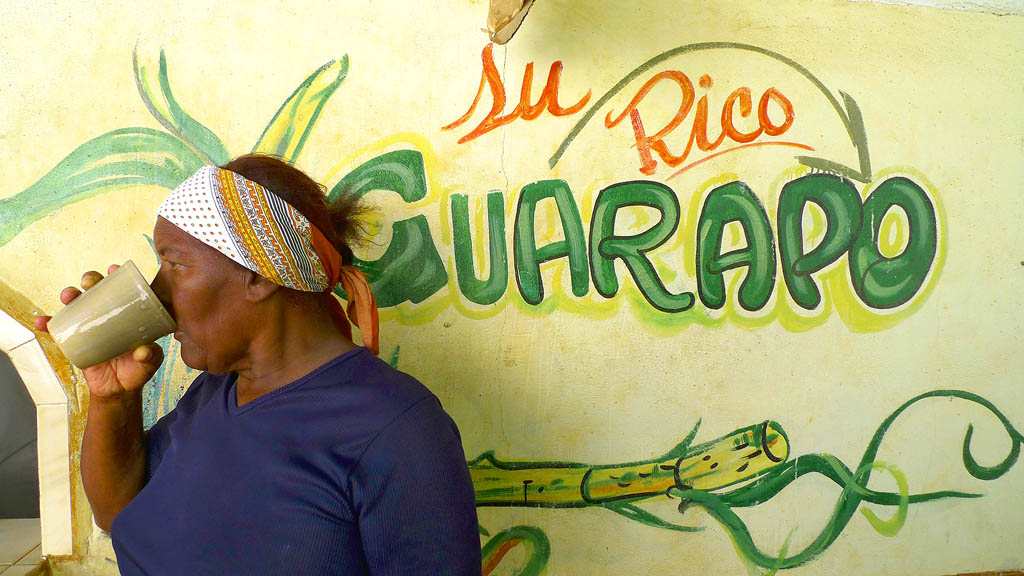Food & Drink
Until recently, Cuba was a country where veterans of WWII rationing were known to get nasty flashbacks. Then something epiphanic happened. Inspired and enabled by the ongoing political and economic reform of the post-Fidel years, the nation’s long-suppressed chefs have woken up and smelt the coffee. A bold culinary revolution is in full swing.

REGIONAL SPECIALTIES
- Caibarién This small town in Villa Clara province is Cuba’s crab capital.
- Baracoa A completely different food universe to the rest of Cuba. Specialties include cucurucho (sweet blend of honey, coconut, guava and nuts), bacán (tamale with mashed banana, crab and coconut), teti (tiny fish indigenous to the Río Toa), and lechita (spicy coconut sauce).
- Playa Larga & Zapata Peninsula Crocodiles are farmed and consumed in stews in hotels and casas particulares in southern Matanzas province.
- Bayamo Ostiones (oysters usually served in a tomato sauce) are a staple street-food in Granma’s main city.
- Oriente Congrí (rice and red beans seasoned with cumin, peppers and pork chunks) has its roots in the African-influenced culture of eastern Cuba. In the west, you’re more likely to get moros y cristianos (with black beans but no pork).
- Las Tunas Birthplace of la caldosa, a soup-like stew made with root vegetables, chicken and spices.
The Culinary Revolution
Señores and señoras, we are pleased to announce that Cuba – despite what you may have read in previous editions of this and other guidebooks – is no longer the proverbial ‘leftover’ plate of the culinary world. The turnaround has been astronomical and unprecedented. The economic reforms of 2011, when the Cuban government allowed private restaurants (until then limited to 12 people) to expand and diversify, has been a massive game-changer. Taste-deprived travelers who once wisely elected to skip Cuban appetizers and main dishes and proceed directly to the ‘rum and cigars’ course, now ogle over honey-glazed chicken, lovingly prepared béchamel sauces, and rejigged renditions of old Cuban favorites such as ropa vieja (spicy shredded beef). Feeding the trend, Havana and other cities are awash with creative new private restaurants experimenting with previously unheard of cooking methods and ingredients. Free from the shackles of austere 1990s rationing, Cuban chefs bandy around words such as ‘fusion’ and ‘medium-rare’, and inscribe their menus with dishes such as eggplant caviar.
For first-time visitors accustomed to French-style creativity or American abundance, the food might not seem so remarkable. But, if you last visited Cuba in the early 2000s in the days when all chickens were fried to smithereens and soggy cheese-and-ham sandwiches served as the only viable lunch option, you’re in for a big, and rather pleasant, surprise.
Five Hundred Years of Marination
The pain and shortages of the 1990s didn’t do Cuban cuisine any favors, starving it of all but the most basic of ingredients and obscuring what, beneath the surface, has always been a rich and surprisingly diverse food culture.
In common with its music and architecture, Cuba’s cuisine is a creative stew of selective morsels, recipes and cooking techniques left behind by successive travelers since the epoch of Columbus and Velázquez. Imagine a bubbling cauldron filled with ingredients plucked from Spain, Africa, France, pre-colonial Taínos, and cultures from various other islands in the Caribbean that has been left to intermingle and marinate for 500 years. From the original Taínos came indigenous root vegetables such as yucca and sweet potato, and native fruits such as guava; from the Spanish came pork, rice, flavor-enhancing spices and different frying techniques; African slave culture brought plantains in their various guises along with congrí (rice and beans cooked together with spices in the same pot); while, along with its island neighbors, Cuba shares the unmistakable taste of the Caribbean enshrined in the sofrito, a base sauce of tomatoes seasoned with onions, peppers, garlic, bay leaf and cumin.
Mix it all together and you get what the world now knows as ‘Cuban’ cuisine: simple, hearty, but healthy food that’s light on spice (cumin and oregano predominate), but has no shortage of flavor. Whole roast pork is the meat of choice, closely followed by chicken, fried or roasted and often flavored with citrus sauces or honey. Never far from the sea, the Cubans love fish; lobster, crab, prawns, aguja (swordfish) and pargo (snapper) are all common. The key starch is rice usually mixed with beans as either moros y cristianos (made with black beans) or congrí (made with red beans). Root vegetables are another mainstay and are complemented by plantains, cooked any number of ways.
In season, Cuban avocados are sublime and tropical fruit is abundant. Most set-you-up-for-the-day breakfasts in your local casa particular start with an ambrosial plate of tropical fruit, which can vary according to season and location, but typically consists of a juicy quintet of banana, papaya, mango, pineapple and guava. Of the five fruits, only two – guava and pineapple – pre-date the arrival of the Spanish on the isles. Bananas and mangoes were brought to Cuba from Asia during the colonial period, while the papaya is indigenous to South America.
Dishes you shouldn't leave Cuba without trying are the national dish, ropa vieja (spicy shredded beef), whole roast pork with all the trimmings, picadillo (ground beef with olives and capers), tostones (twice-fried plantains) and moros y cristianos.

Rum Tales
Pioneers in the field of rum manufacture in the mid-19th century, the Cubans successfully transformed aguardiente, the coarse and unrefined ‘fire water’ imbibed by sailors and pirates on the Spanish Main into the smooth, clear ‘Ron Superior’ used today in sophisticated cocktails such as mojitos and daiquiris. The man behind the metamorphosis was a Spanish immigrant from Catalonia called Don Facundo Bacardí Massó (1814-86). Don Facundo’s Santiago de Cuba rum factory was inaugurated in a bat-infested dockside warehouse in 1862 where he experimented with the region’s high-quality sugarcane to create a new kind of aged rum that was delicate, crisp and fruity on the palate. Winning instant popularity, Bacardí’s name quickly became a byword for rum and the family emerged as powerful and influential voices in Cuban politics. It wasn’t to last. The Bacardís ultimately fell out with the Castro regime in the early 1960s and fled abroad, moving their headquarters to Bermuda. Although you won’t find any Bacardí drinks on sale in Cuba today, the company’s old factory in Santiago still produces the domestically popular, Ron Caney (the so-called ‘rum of the revolution’) that’s stored in the same barrels once used by Don Facundo.
The other famous Cuban rum dynasty is Havana Club, founded by José Arechabala in the town of Cárdenas in 1878. In common with Bacardí, the Arechabala family fled Cuba after the Revolution although they were less successful in maintaining their company trademark, which was seized by the Cuban government in 1973. Today, Havana Club accounts for 40% of Cuba’s alcohol market.
Aside from the Ron Caney factory in Santiago and the Havana Club operation now based in Santa Cruz del Norte near Havana, Cuba supports more than 100 rum factories. Tap a local and they’ll probably wax poetically about Ron Santiago de Cuba, Ron Mulata (made in Villa Clara) or Ron Varadero.
Rum is made from molasses, a by-product of sugarcane. Its fabrication in Cuba has been overseen by generations of skillful maestros romeros, or ‘rum masters’ who must have a minimum of 15 years of rum-tasting experience. The drink is classified by both color (dark, golden or clear) and age (añejo). Good rums can range from anything from three years to 14 years in age. As a rule, rum cocktails (always made with clear rum) are more popular with tourists than Cubans. Cubans, on the other hand, usually prefer to drink their rum dark and neat (without ice) in order to enjoy the full flavor.
